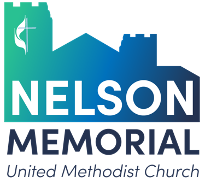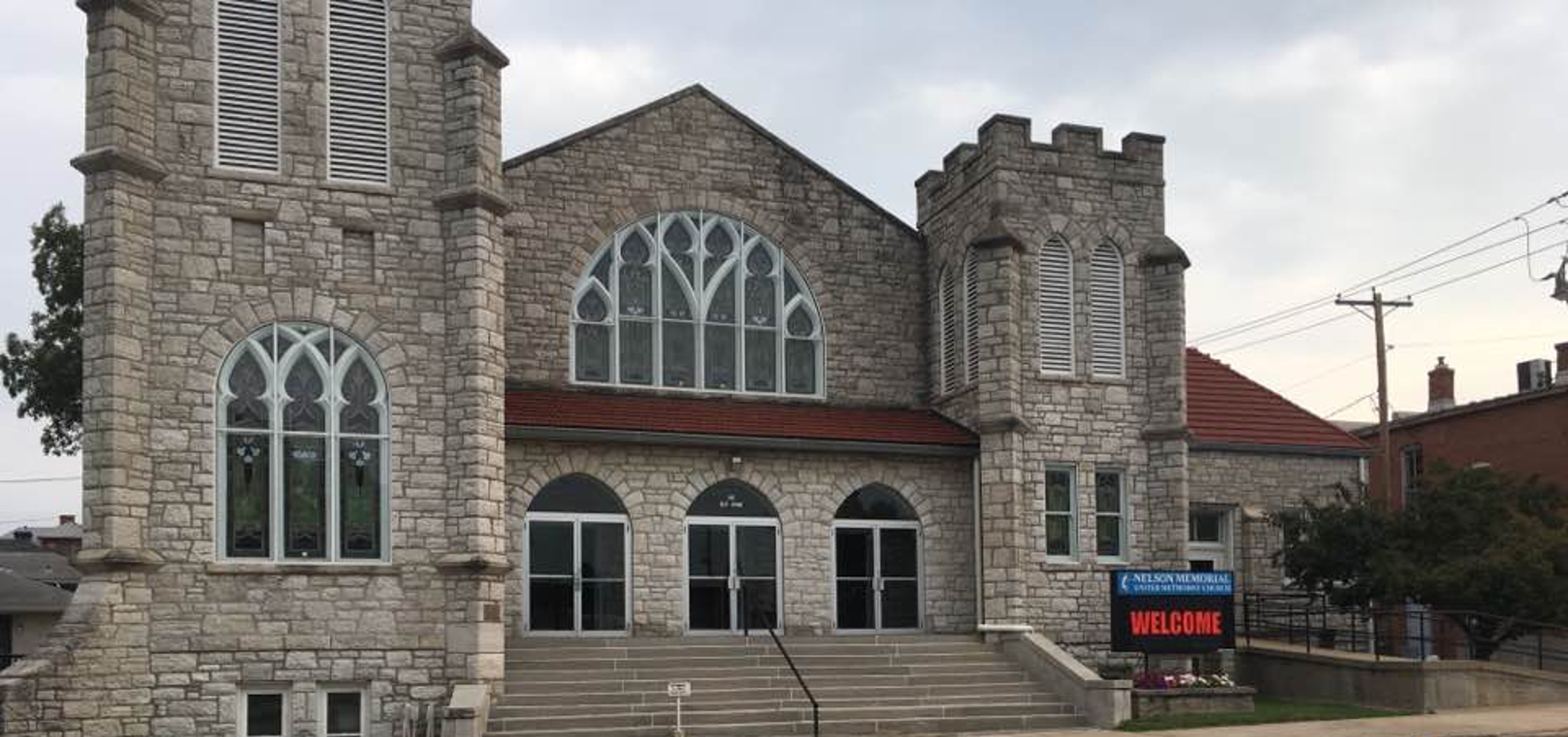Using resources from “History of Howard and Cooper Counties Missouri”, 1883; “History of Cooper County, Missouri” by W. F. Johnson, 1919; “History of Cooper County, Missouri” by E. J. Melton, 1937; “Memorabilia of Cooper County”, 1990 by Dr. & Mrs. Wiley McVicker, edited by Dr. Nick Campbell. Additional information is added at the end of the page, from “Methodism in Missouri, volume 1” written in 1881 by d. R. M’Ananlly
Pioneer Preacher Built and Ran Steamboats
JUSTINIAN WILLIAMS, born in Bath County, Virginia, married in Kentucky and then settled in Howard County, became a resident of Boonville in 1818, and that year established the first Methodist church in this locality. It is now Nelson Memorial Church. He worked at his trade, cabinet-making, and preached and organized churches during his spare time. He was the Boonville Methodist pastor for several years. In 1834, he built the first steamboat constructed in this community, about two miles above the mouth of the Bonne Femme creek in Howard County. He became its captain and operated it on inland waterways. The same year he built the “Far West”, he died in Tennessee.
Nelson Memorial United Methodist Church, 407 Spring Street, Boonville, has the distinction of being the oldest Methodist congregation in the former Missouri West Conference of the United Methodist Church.
In 1817 the first Methodist services were conducted by Reverend John Scripps in a private home. The demand for these services was so great that in September 1818 a class was formed under the leadership of Reverend Justinian Williams, brother of the first Mayor of Boonville. Williams was a cabinetmaker by trade and a preacher by avocation. He became the teacher of the internationally renowned artist, George Caleb Bingham, who was an apprentice in Boonville and struggled whether to pursue art or become a minister due to the influence of Williams. Art fortunately won.
By the late 1820’s the church was well enough established for agitation for a building. Accordingly, Justinian Williams purchased Lot 233 of the Original Town of Boonville in February 1829, for the sum of $50.25. The present church is on this lot as were the two churches preceding this building. In 1832 the first sanctuary was erected upon the site. It was the first church built in Boonville. Showing Federal stylistic influences, the building had a typical double front entry, a second story gallery and a square cupola on the front. In 1844, the Methodist Church split over the issue of slavery. Each congregation voted whether to support slavery or abolition. The Boonville congregation voted to support slavery and became a Methodist Episcopal Church, South. This split remained on a national level until 1939 when both branches merged to form one Methodist church once again. The War Between the States caused great hardship in the Boonslick, and the Methodist Church suffered as well. Because so many Methodist Episcopal Church, South, ministers were killed by Federal troops because they officially espoused slavery, the Boonville church was not sent a minister in 1862. During this time three sisters, Mrs. James M. Nelson (Margaret Jane Wyan), Mrs. Thomas Nelson (Mary Gay Wyan) and Mrs. George Nelson (Pauline Wyan) donated a Bible to the congregation which is the oldest item now in possession of the church. These sisters had married two brothers and a cousin showing how extended family ties were during this period.
By 1880 the War Between the States was in the past and the country was booming. The congregation decided to construct a new church reflecting the new times. The Victorian structure had only one central entrance door and no gallery reflecting the changing social patterns with men and women sitting together during services and the abolition of slaves who had sat in the gallery. The new building measured 36 by 28 feet and contained a 57 foot tower on the west side for the church bell. Over $6,000 was spent to build the structure and the building was totally paid for by the time of completion.
By 1915 agitation was occurring for a larger building. This third church which is still in use was named in honor of Margaret Jane Wyan Russell Nelson of Boonville and her husband, James M. Nelson. At the time of construction in 1916, she was in her late nineties and was the oldest Methodist alive anywhere in the world and had been a Methodist longer than anybody alive, joining the Boonville church at the age of 8. Margaret was one of the sisters who gave the Bible during the War Between the States. The daughter of Jacob and Nancy Shanks Wyan, she grew up in a family noted for its devotion to the Methodist Church. Her parents gave the church bell to the congregation and also started Sunset Hills Cemetery in Boonville which was originally to be under the control of the Methodist Church. Two of Margaret’s three children, Louis Nelson and Nadine Nelson Leonard of Ravenswood, donated $10,000 each toward the erection of the building. A third child, Margaret Nelson Stephens, a former First Lady of Missouri, gave $5,000 when the building was erected and then $5,000 for the church organ in 1924 in memory of her late husband, Governor Lon Vest Stephens and his parents, Joseph Lafayette and Mary Gibson Stephens. No expense was spared on the building and when dedicated the total cost was revealed $39,000. For 1917 that was a great deal of money.
Since Margaret’s children had donated $25,000 and the local congregation had raised only $6,000 on the day of dedication there was a debt of $8,000. At the conclusion of the Dedication Address, Bishop Eugene Hendrix announced that nobody was leaving for dinner until the debt was cleared! He ordered the doors locked! The necessary money was pledged within an hour and the building was debt free.
By 1965 even this church had been out grown and an education wing was added to the rear at a cost of $160,000. During the construction project, the partitioned Sunday School rooms in the original building were added to the sanctuary thus doubling it in size.
A parsonage was constructed to the left of the sanctuary building in 1960. The former parsonage was demolished and the area made into a lawn west of the church.
On January 24, 1983, Nelson Memorial United Methodist Church 1983 was listed in the prestigious National Register of Historic Places as part of a historic district in Boonville. The congregation has a building fund for the upkeep of this historic structure.
Today, the congregation seeks to serve the spiritual needs of the community and region just as it has for the past 200 plus years.

